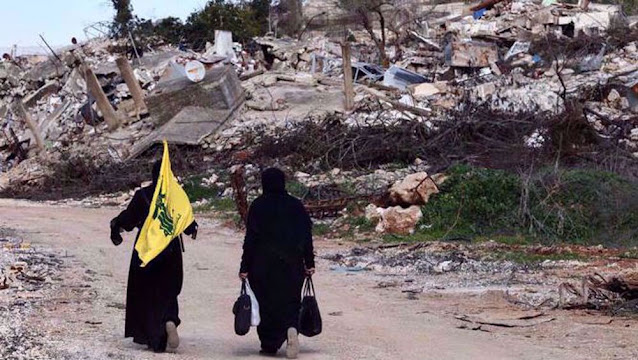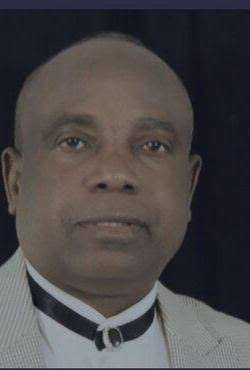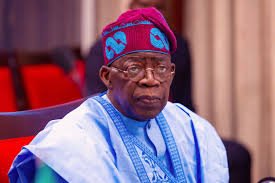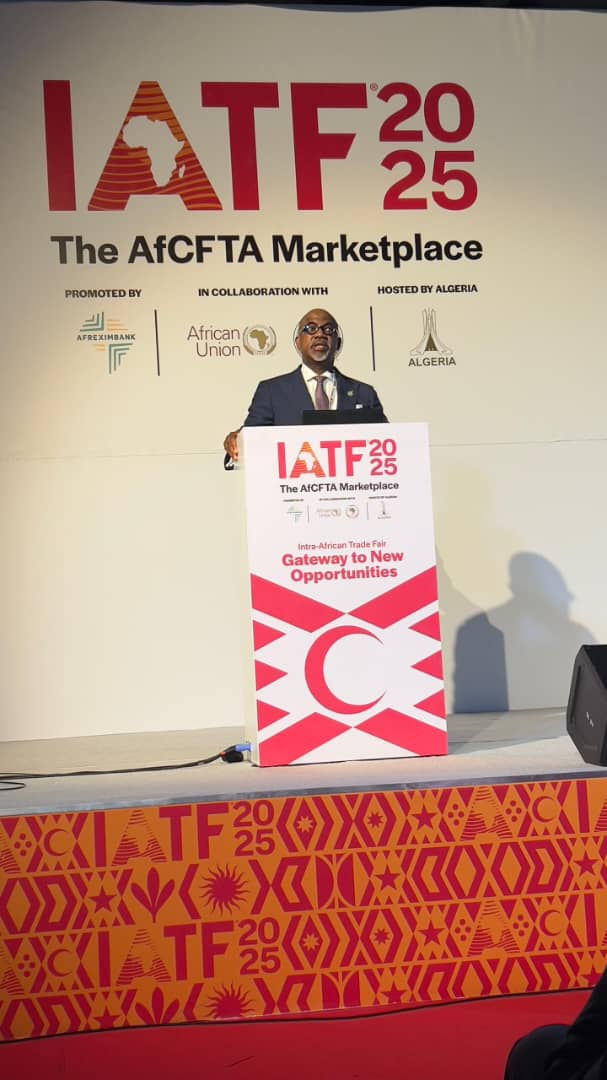In a bold assertion of its enduring influence despite recent military setbacks, Hezbollah, the Lebanese resistance movement, has unveiled a comprehensive $3 billion reconstruction plan to rebuild war-torn areas of Lebanon devastated by Israel’s 2024-2025 military campaign. Announced on September 7, 2025, through its affiliated institutions, the initiative—dubbed the Waad Project—signals Hezbollah’s intent to fill the void left by a beleaguered Lebanese government, which has struggled to mobilize resources for recovery. This plan, privately funded and executed in phases, aims to restore housing, infrastructure, and livelihoods in southern Lebanon, Beirut’s southern suburbs (Dahieh), and other conflict-affected regions, excluding border villages for now. As Lebanon grapples with the aftermath of a conflict that claimed over 4,000 lives and displaced more than a million people, Hezbollah’s move underscores the complex interplay of politics, economics, and security in the country’s fragile recovery.
The announcement comes nearly ten months after a U.S.-brokered ceasefire on November 27, 2024, which halted 14 months of escalating hostilities between Israel and Hezbollah. That war, triggered by Hezbollah’s rocket barrages in solidarity with Hamas following the October 7, 2023, attacks on Israel, evolved into a full-scale Israeli ground invasion in September 2024. The invasion targeted Hezbollah’s military infrastructure, resulting in widespread destruction. The World Bank’s Lebanon Rapid Damage and Needs Assessment (RDNA), released in March 2025, estimated reconstruction costs at $11 billion, with $6.8 billion in physical damages and $7.2 billion in economic losses. Housing alone suffered $4.6 billion in damages, while agriculture, commerce, and tourism sectors incurred over $3.4 billion in losses. Lebanon’s GDP contracted by 7.1% in 2024, exacerbating a pre-existing economic crisis that has seen cumulative GDP decline of nearly 40% since 2019.
Hezbollah’s $3 billion pledge, while significant, covers only a fraction of the needs but positions the group as a key player in post-war stabilization. Funded through private donations and Hezbollah’s financial networks, the plan reflects the organization’s historical role in reconstruction, reminiscent of its efforts after the 2006 Israel-Hezbollah war. Back then, Hezbollah swiftly rebuilt homes and infrastructure, earning widespread acclaim among Shiite communities and bolstering its political legitimacy. Today, with its military capabilities severely degraded—losing an estimated 4,000-5,000 fighters and much of its leadership, including Secretary-General Hassan Nasrallah—the group is pivoting to social services to maintain support.
The Waad Project: Details and Phased Implementation
The Waad Project, managed by Hezbollah’s engineering arm, Jihad al-Binaa, and the Waad reconstruction entity, is structured in three phases totaling $3 billion, plus an additional $500 million for immediate repairs and aid to displaced families. Phase 1, budgeted at $1 billion, focuses on Beirut’s Dahieh and other urban areas outside border zones. This includes rebuilding over 262 demolished buildings in Dahieh alone, as reported by the American University of Beirut Urban Lab. The suburb, a Hezbollah stronghold, was pummeled by Israeli airstrikes, leaving craters and rubble across densely populated neighborhoods. Hezbollah has already disbursed $1.1 billion in initial aid, including rental assistance of $8,000 per family for displaced residents, as noted in reports from Teir Harfa village.
Phases 2 and 3, each allocated $1 billion, will extend to southern Lebanon once security stabilizes. The south, particularly Nabatieh and South governorates, bore the brunt of the conflict, with over 2,500 severely damaged buildings in Nabatieh alone, according to satellite analysis by Miyamoto International. Agricultural lands—olive groves, banana plantations, and citrus farms—were scorched, with the World Bank estimating $1.1 billion in losses from crop destruction and farmer displacement. Hezbollah’s plan prioritizes resilient housing, water systems, and schools, addressing the 40 damaged water facilities that disrupted supply for 500,000 people and the 982 closed schools affecting 450,000 students.
The additional $500 million targets humanitarian needs: cash assistance, temporary shelters, and psychological support. As of February 2025, nearly 100,000 people remained displaced, per the UN’s International Organization for Migration (IOM), with 886,000 internally displaced by November 2024. Hezbollah’s strategy emphasizes “grassroots mobilization,” drawing on its network of volunteers to clear rubble—estimated at 350 million cubic feet nationwide—and recycle materials, mitigating environmental hazards like asbestos and unexploded ordnance (UXO). CEOBS’s January 2025 scoping study warned of toxic contaminants in debris, including from white phosphorus used by Israel, which could leach into soil and water.
Implementation relies on Hezbollah’s institutions, bypassing government bureaucracy. An official launch is pending, but preliminary efforts are underway, with Hezbollah claiming to have cleared rubble in Dahieh and repaired 190 of 265 southern outposts handed to the Lebanese Army. This phased approach allows flexibility amid ongoing Israeli violations—over 8,000 since the ceasefire, per UNIFIL—including strikes in Baalbek and drone incursions.
Historical Context: Hezbollah’s Reconstruction Legacy
Hezbollah’s foray into reconstruction echoes its post-2006 playbook. The 34-day war then killed 1,125 Lebanese, mostly civilians, and caused $3.6 billion in damages. Hezbollah, undeterred, launched a $1 billion “Summer Rains” project, rebuilding 17,000 homes within a year using Iranian funding. This not only restored communities but solidified Hezbollah’s image as a provider, contrasting with state inaction. By 2008, Dahieh was revitalized with modern apartments and infrastructure, funded by $400 million from Iran and Gulf donors.
The 2024-2025 war dwarfs 2006 in scale. Triggered by Hezbollah’s October 8, 2023, rocket fire—over 12,400 projectiles by October 2024, per Israeli data—the conflict escalated with Israel’s pager explosions on September 17, 2024, killing 32 and injuring 3,000. Hassan Nasrallah’s assassination on September 27 followed, decapitating leadership. Israel’s ground invasion on October 1 targeted “Hezbollah strongholds,” destroying tunnels, depots, and 155,000 weapons, per IDF claims. By ceasefire, Hezbollah had lost half its elite Radwan force and 90% of southern infrastructure, per Lebanese security sources.
Yet, Hezbollah’s resilience persists. Unlike 2006, when Iran provided surplus funds, Tehran’s economy—strained by sanctions and a brief June 2025 war with Israel—limits support. Syria’s post-Assad regime, hostile since December 2024, blocks smuggling routes. Hezbollah’s pivot to private funding via diaspora networks and Gulf expatriates is pragmatic, but risks alienating donors tying aid to disarmament.
The 2024-2025 War: A Devastating Toll
The conflict’s human cost is staggering. Lebanon’s Health Ministry reported 3,961 deaths by January 2025, including 736 women, 248 children, and 222 health workers—68% of WHO-analyzed attacks targeted medics. Injuries topped 17,000, with 1.3 million displaced. In Israel, 45 civilians and 73 soldiers died, displacing 60,000 northern residents.
Infrastructure devastation is acute. Amnesty International’s August 2025 report documented 10,000+ destroyed civilian structures in southern border municipalities, using explosives and bulldozers post-ceasefire—violating IHL’s “imperative military necessity” rule. In Kfar Kila, 70% of buildings were razed; Maroun el Ras saw 80% destruction. Roads, bridges, and utilities were systematically demolished, with Human Rights Watch noting deliberate targeting of water stations, affecting 72,000 in Tyre.
Environmental harm compounds woes. CEOBS identified $221 million in degradation: fires scorched 40 sq km in Lebanon (55 sq km in Israel/Golan), destroying habitats and farmlands. White phosphorus contaminated soil, risking long-term health issues. Debris—potentially laced with asbestos and UXO—poses hazards; UNDP estimates 4-5 years for economic recovery in affected areas.
Economically, the war deepened Lebanon’s crisis. Pre-war, 70% lived in multidimensional poverty; now, 166,000 jobs lost, per World Bank. Tourism ($1.1 billion loss) and agriculture ($1.2 billion) collapsed. The $250 million World Bank loan in June 2025 aids rubble management, but excludes borders, delaying returns.
Government Inaction and Political Tensions
Lebanon’s government, reformed in early 2025 with President Joseph Aoun and PM Nawaf Salam, has pledged $40 million for unsafe buildings, but delivery lags. A $250 million World Bank loan—excluding borders to “prevent returns”—is criticized as conditional, tying aid to Hezbollah disarmament. Finance Minister Yassin Jaber and PM Salam face obstruction, per Hezbollah, who decry “political blackmail.”
Post-ceasefire, disarmament dominates. The November 2024 deal invoked UNSCR 1701, requiring Hezbollah’s withdrawal north of the Litani. By February 2025, the Lebanese Army deployed 4,500 troops, dismantling 90% of southern infrastructure. U.S. envoys like Tom Barrack push timelines, but Hezbollah resists, citing Israeli occupation of five outposts and 8,000 violations.
In September 2025, the cabinet welcomed the Army’s disarmament plan sans timeline, amid Hezbollah ministers’ walkout. Naim Qassem warned of “civil war,” but weakness—10,000 fighters lost—forces restraint. Iran’s support wanes; Gulf states thaw ties with Beirut, conditioning aid on reforms.
Funding and Execution: Challenges Ahead
Hezbollah’s private funding—via Waad—bypasses sanctions but invites scrutiny. Post-2006, Gulf donors contributed; now, Saudi Arabia’s MBS eyes aid if disarmament advances. The $3 billion covers essentials, but $11 billion total needs demand coalitions. World Bank’s LEAP ($250 million) prioritizes rubble reuse, but environmental risks loom.
Execution faces hurdles: UXO clearance, contamination testing, and Israeli strikes. Hezbollah’s volunteers—effective in 2006—must navigate Army oversight. Broader recovery requires state buy-in; Aoun’s integration proposal (vetted Hezbollah fighters into LAF) offers a path, but Qassem rejects it as “suicide.”
Implications: Political, Economic, and Regional
Hezbollah’s plan bolsters its base but risks backlash if delays occur. Shiite frustration grows—92,000 displaced, per UN—eroding support. Politically, it counters disarmament pressure, positioning Hezbollah as indispensable. Economically, success could sway non-Shiites, priming 2026 elections for Amal-Hezbollah gains.
Regionally, it highlights Iran’s retreat: no aid in June 2025 war, Syrian routes cut. U.S./Gulf leverage grows; Abraham Accords expansion hinges on stability. For Lebanon, the plan aids recovery but perpetuates divisions—disarmament vs. resistance.
Yet, unity beckons. UNDP warns of 4-5 year recovery; integrated efforts could rebuild trust. As rubble clears in Dahieh, Hezbollah’s initiative—flawed yet vital—offers hope amid despair.
Broader Analysis: Environmental and Social Ramifications
The war’s environmental toll—$221 million, per World Bank—threatens sustainability. Fires razed biodiversity hotspots like Tyre Beach Ramsar site; seawater-filled craters pollute groundwater. Debris management, via LEAP, recycles 70% for roads, but ACM risks persist. Socially, women/children bear brunt: 736 women killed, schools closed. Gender inequality surges; UN Women notes heightened food insecurity.
In Kfar Kila, farmer Bassam Al-Aayan laments lost machinery; $25,000 needed for renovations. Returns stall—100,000 displaced—due to UXO, no water/electricity. Hezbollah’s aid helps, but systemic reform lags.
International Response and Future Prospects
Global calls mount: HRW/Amnesty urge IHL probes; UN’s Guterres visited January 2025, pledging recovery aid. U.S. ties $3-5 billion public finance to reforms; Gulf states eye billions post-disarmament.
Prospects? Optimistic: Army’s 90% dismantle success. Pessimistic: Hezbollah’s 25,000 remaining fighters resist. 2027 elections loom; reconstruction could unify or fracture.
Hezbollah’s $3 billion bet is high-stakes: reclaim relevance or face irrelevance. For Lebanon, it’s a lifeline in ruins, demanding collective will for rebirth.
Deeper Dive: Legal and Ethical Dimensions
IHL violations abound. Amnesty’s August 2025 report indicts Israel’s post-ceasefire demolitions as war crimes—intentional/reckless destruction sans necessity. Hezbollah’s indiscriminate rockets endangered Israeli civilians, per HRW. Both face accountability; ICC probes loom.
Ethically, reconstruction ethics: Hezbollah’s aid saves lives but entrenches power. Government’s $250 million loan—border exclusions—raises equity concerns.
Case Studies: Villages in Ruins
In Teir Harfa, 35-year farmer Bassam Al-Aayan’s home—built over decades—pulverized September 2024. Hezbollah’s $8,000 rental aids, but delays frustrate. Nearby, Salim Al-Aayan needs $25,000; family starves.
Kfar Kila: 70% structures gone; UXO litters fields. Returns tentative; Army clears, but Israeli drones buzz.
These stories humanize stats: 4,000 dead, $11 billion lost. Hezbollah’s plan promises hope, but peace demands justice.
Conclusion: Rebuilding from Ashes
Hezbollah’s $3 billion initiative, born of necessity, spotlights Lebanon’s crossroads. War’s scars—physical, economic, psychic—endure, but resilience defines Lebanon. With government, donors, and Hezbollah aligning, recovery beckons. Yet, disarmament, Israeli withdrawal, and reforms are pivotal. As Guterres noted January 2025, Lebanon’s “hopeful future” hinges on unity. The Waad Project, imperfect, ignites that spark—may it endure.








